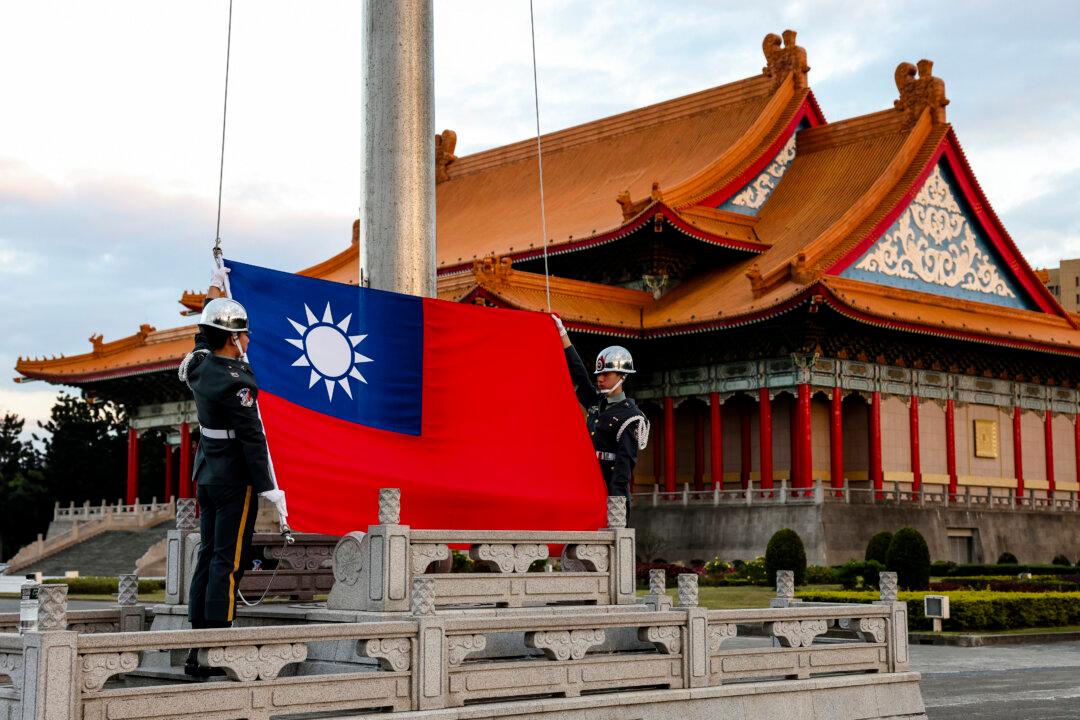Residents in the city of Nanchang, in southeastern China, long ago gave up on the idea of getting a real ambulance using the country’s official emergency hotline.
“They won’t show up. They’re too busy to show up,” explained a security official at a local hospital to the Nanchang Evening News newspaper. He quickly demonstrated how one really gets help, using his cellphone to summon a lanky man to negotiate an ambulance transportation deal.
No patients with heart problems would be allowed, extra charges would be levied if the ventilator was used, and for 800 yuan (about $124) trained nurses from the hospital would come along. Costs? About 50 yuan ($7.50) per mile.
Unofficial ambulance services like that in Nanchang operate across China, filling a much needed gap in what the health care system—nominally public, but in practice pay-as-you-go—has failed to provide. These rogue operators suborn emergency hotline workers with kickbacks, advertise their services prominently, and readily use hospital facilities. While an ambulance service is at least rendered, the fly-by-night nature of the operation and the lack of medical expertise of the ambulance staff have become a serious cause for concern in China.






